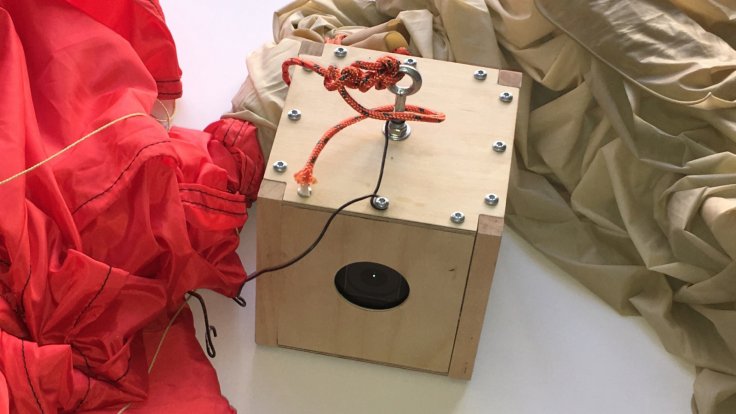As countries are looking to increase space exploration in the coming years, all face a potential problem — space junk. According to estimates, there are over 9,000 tons of man-made space junk currently orbiting Earth. While many private and government space agencies are trying to mitigate the risks of space junk, a Japanese company is developing a satellite made out of wood.
Currently under development by a joint venture between Japanese company Sumitomo Forestry and Kyoto University, the wooden satellite is expected to be ready by 2023. The advantage of a wooden satellite is that it would burn up during re-entry without leaving any junks behind in the orbit. A metal satellite doesn't get completely destroyed and leaves tiny debris — between 1 to 10 centimeter or larger — creating a problem for rocket launches and putting new satellites in the orbit.
"We are very concerned with the fact that all the satellites which re-enter the Earth's atmosphere burn and create tiny alumina particles which will float in the upper atmosphere for many years. Eventually, it will affect the environment of the Earth," Takao Doi, a Japanese astronaut and a professor at the Kyoto University, told the BBC.

Wooden Satellite
Sumitomo Forestry, the Japanese logging company, with Kyoto University is now researching tree growth and the use of wooden material in an extreme environment like space. The idea behind this is the belief that wood does not interfere with electromagnetic waves or the Earth's magnetic field. Thus, if antennae and control mechanisms are put inside a wooden box, it would not only reduce cost but would also allow a simpler structure.
The company is developing wooden material that can tolerate changes in temperature and sunlight. However, Sumitomo Forestry did not reveal what type of wood it would use as the company considers it as an "R&D secret".
However, wood is not the ideal material in space. While it will not rot, it may not withstand the harsh condition of launch. Furthermore, wood contains organic compounds such as water that will evaporate in space, compromising its structural integrity. But the team believes it can mitigate the risks.
"The next stage will be developing the engineering model of the satellite, then we will manufacture the flight model," Professor Doi, who visited the International Space Station in 2008, said. He was the first astronaut to throw a boomerang in space, designed for use in microgravity.

Growing Problem of Space Junk
While many start-ups are being founded to clean space debris, a wooden satellite would be new. It could be effective in dealing with the growing concerns about space junk. Since Sputnik's launch in 1957, Earth's orbit has been accumulating satellites at a growing pace. At present, there are nearly 6,100 satellites orbiting Earth.
Elon Musk's Starlink would have a constellation of 42,000 satellites for a reliable internet connection. Of them, 955 satellites have already been launched with thousands more planned in the upcoming years. That will add to the growing number of debris in the orbit. Apart from satellites, there are upper-stage rockets that are left in space during launches.
The primary concern is debris hitting functioning satellites and the ISS. Space debris travel at fast speed — more than 35,000 kilometers per hour (22,300mph) — posing risk to around 3,300 expensive and important functioning satellites. In 2006, the ISS was hit by a tiny chunk of space debris, damaging its reinforced window. As the ISS is also nearing its end of the operation, it would further contribute to space junk.









